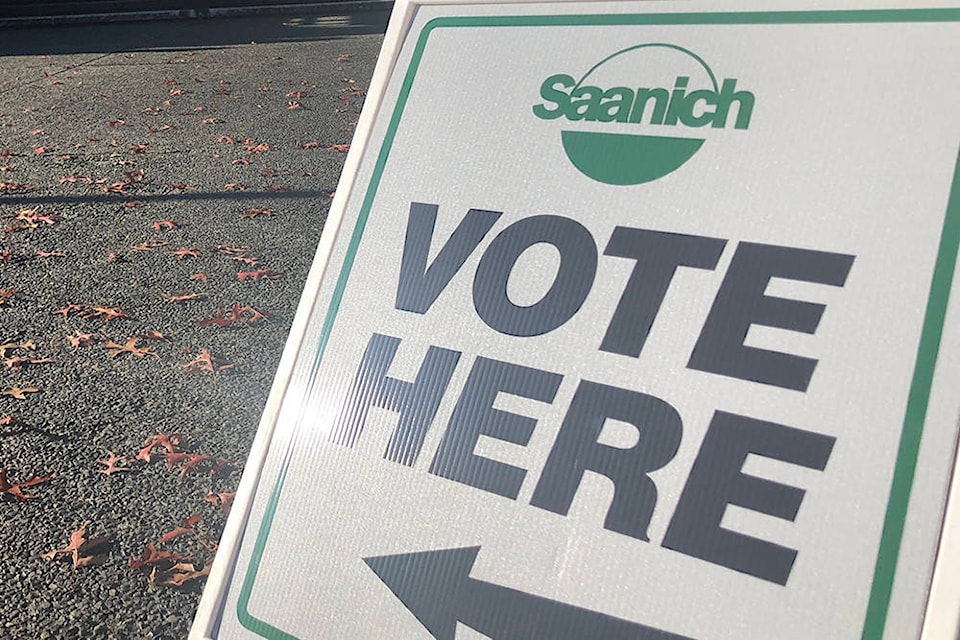Voters across Greater Victoria opted for change Saturday night, infusing their councils with a new generation of young, progressive politicians, while charting a cautious but new course in regional governance.
RELATED: Saanich voters send Haynes to mayor’s office, reject political slate
Nowhere was this appetite more apparent than in the region’s largest municipality, Saanich, where voters changed their mayor for the second time in as many elections by replacing one-term mayor Richard Atwell with one-term councillor Fred Haynes. He will now chair an historic council that includes five women and a quartet of young, progressive voices after Ned Taylor, Nathalie Chambers, Zac de Vries, and Rebecca Mersereau won election with Mersereau topping the polls with more than 18,000 votes, the most of any regional candidate. Saanich voters also combined with voters in Victoria to create forum that will study the pros and cons of amalgamating the two largest municipalities in Greater Victoria.
RELATED: Victoria and Saanich voters elect to move ahead with amalgamation talks
This citizens’ assembly may not recommend amalgamation. But its very existence renders the old ways of regional governance increasingly obsolete.
Voters also rejected the status quo elsewhere. Oak Bay, Sidney and Colwood turfed their respective incumbent mayors, Nils Jensen, Steve Price, and Carol Hamilton. While these communities represent smaller pieces of the regional picture, their choices send a clear signal: candidates, who counted on experience in their campaigns, appeared as agents of the status quo in the minds of many, a fatal mistake.
RELATED: Challengers topple incumbents in several South Island races
True, voters in Victoria and Langford opted for stability in re-electing Lisa Helps and Stew Young. But these familiar figures are the faces of a regional fissure now in full view: while the regional ‘core’ (Victoria, Esquimalt, Saanich and Oak Bay) rewarded more or less ‘progressive’ candidates, its outer communities favoured (for the most part) different categories.
RELATED: Mayoral results from across B.C.
Both choices are legitimate, but Saturday’s vote tipped the balance in favour of the progressive camp. Its representatives will now have to work across the political divide to confirm the confidence, which they earned Saturday in a ground-breaking election that witnessed strong turnout in many communities, include a new 10-year-record for Victoria, but also multiple acclamations on the West Shore.
Democracy depends on participation and the competition of idea, and voters clearly signalled their preferences Saturday. Now starts the process of turning their signals into substance.



